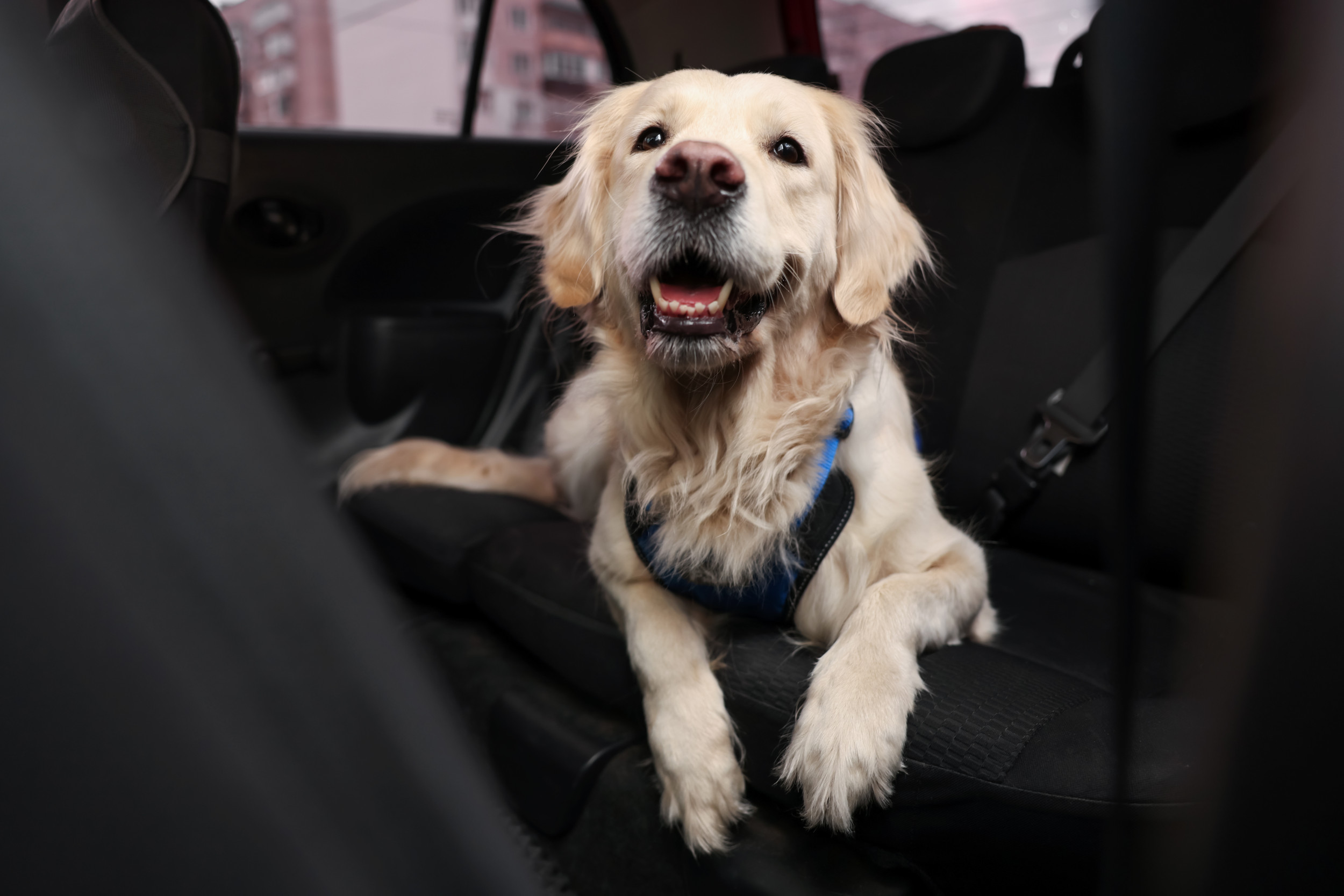Thick fog warnings are in place across 10 U.S. states, with the National Weather Service (NWS) advising drivers to be aware of potentially dangerous conditions.
These "dense fog advisories" have been given to large sections of Alabama, Georgia, Louisiana, Mississippi and South Carolina, as well as smaller regions within Florida, Idaho, Maine, Texas and Washington.
According to the NWS, dense fog advisories are issued when "widespread fog is expected to reduce visibilities to 1/4 mile or less over a large area for an extended period of time (2 or more hours).
"Low visibility could make driving conditions hazardous," they added.
"The dense patchy nature of this fog can make travel more dangerous as visibility can fall rapidly over short distances."
The fog advisories are mostly in place until 9 a.m. or 10 a.m. local time this morning.

"In extremely dense fog where visibility is near zero, the best course of action is to first turn on your hazard lights, then simply pull into a safe location such as a parking lot of a local business and stop," the NWS says.
"If there is no parking lot or driveway to pull into, pull your vehicle off to the side of the road as far as possible. Once you come to a stop, turn off all lights except your hazard flashing lights, set the emergency brake, and take your foot off of the brake pedal to be sure the tail lights are not illuminated so that other drivers don't mistakenly run into you."
Dense fog forms when the air near the ground cools enough to reach its dew point, which is the temperature at which water vapor condenses into tiny liquid water droplets suspended in the air.
Several factors contribute to the formation of dense fog, including high humidity, rapid cooling, temperature inversions—when warmer air sits above cooler air near the surface, trapping moisture—and proximity to water bodies or valleys.
There are several different types of fog, the NWS explains, including radiation fog (forms overnight when heat radiates away from the surface), advection fog (occurs when moist air moves over a cooler surface), freezing fog (found in extremely cold conditions when moisture in the air directly freezes into ice crystals), and super fog (formed from a mixture of smoke and moisture released from a damp fire).
While fog warnings are in effect, the NWS advises driving cautiously, slowing down and allowing extra time to reach your destination. Use low-beam headlights (and fog lights if available) to improve visibility without causing glare, and keep plenty of space between you and the vehicle ahead to react to sudden stops.
Meanwhile, Winter Storm Warnings and Winter Weather Advisories have been issued across Colorado, Utah and Wyoming.
"A low pressure system responsible for heavy snowfall over the Colorado Rockies (ending this morning) will intensify into a dynamic mid-latitude cyclone," the NWS explained in a statement.
This, they added, will track across "the Midwest and into the Northeast Coast through Thanksgiving day."
Do you have a tip on a science story that Newsweek should be covering? Do you have a question about fog? Let us know via science@newsweek.com.



















 English (US) ·
English (US) ·